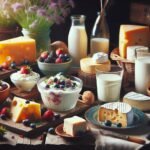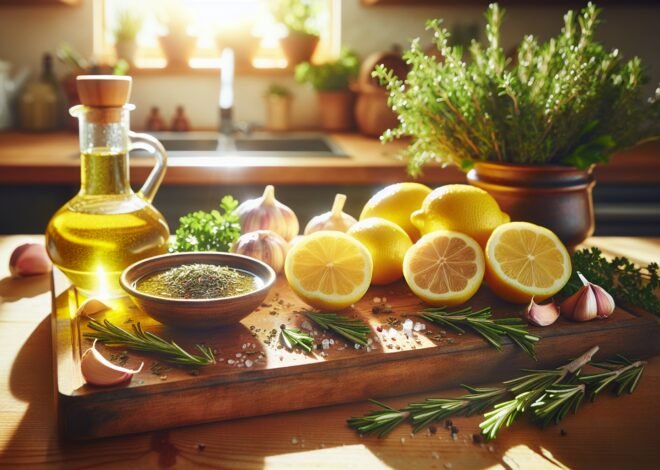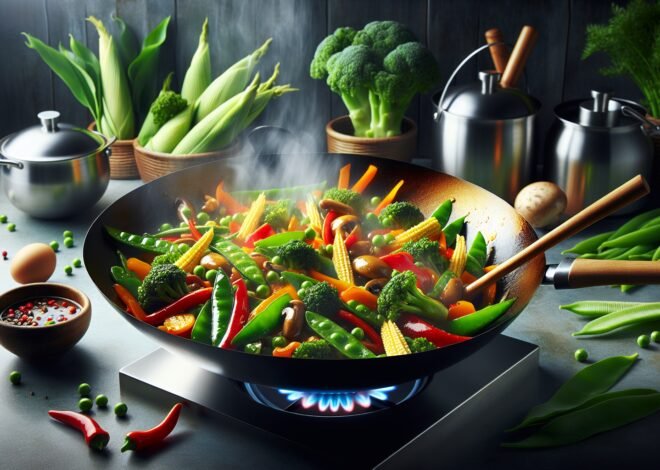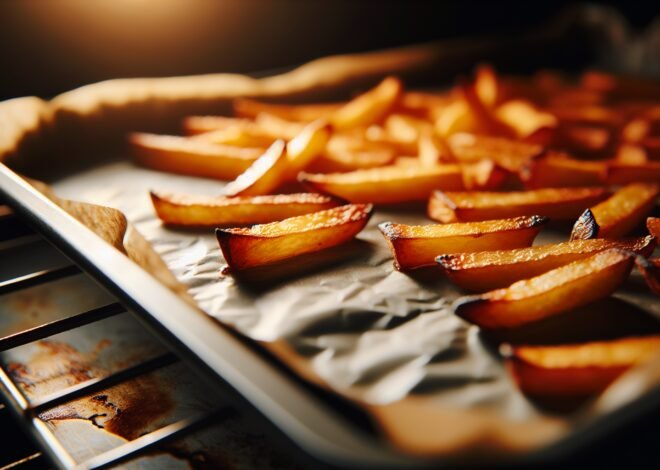
How to Measure Flour and Sugar Correctly for Baking
Measuring flour and sugar accurately is crucial for successful baking. Incorrect measurements can lead to disappointing results, altering the texture and flavor of baked goods. For instance, too much flour can result in dry, dense cakes, while too little sugar affects sweetness. This guide will walk you through the best techniques to measure these essential ingredients, providing tips and tricks to ensure precision. Understanding how to measure flour and sugar correctly can elevate your baking from mediocre to exceptional, promising desserts that delight every time. Whether you’re a novice or experienced baker, these insights are invaluable for achieving consistent and delicious outcomes.
Importance of Measuring Ingredients Accurately in Baking
Baking is a precise science, where accuracy in measuring ingredients can make or break your creations. It’s not just about following a recipe; it’s about understanding the role each component plays. Let’s dive into why accuracy matters and how it impacts your delicious endeavors.
Why Accurate Measurement Matters in Baking
When it comes to baking, precision is key. Each ingredient serves a specific function, contributing to texture, flavor, and structure. Accurate measurement ensures that these intricate balances are achieved. Too much flour results in a dry cake, while excess sugar makes cookies spread excessively.
Imagine baking without measuring instruments. You might add a pinch too much or too little, altering the chemistry of your bake. Measurements ensure consistency, crucial for replicating results every time. Precision also affects volume and weight, making your baked goods light and fluffy.
Common Baking Mistakes Due to Incorrect Measurements
It’s easy to make mistakes when measuring ingredients. Using the wrong type of cup for wet and dry ingredients is a common error. A tablespoon of baking powder instead of a teaspoon can have drastic results. These oversights lead to dense cakes and collapsed soufflés.
Another frequent mistake is packing ingredients like flour, which should be lightly spooned into the measuring cup. This can lead to using significantly more than intended. Misjudging the weight of sugar or butter also throws off the balance, affecting taste and texture.
Baking is about chemistry. Missteps in measuring alter chemical reactions, leading to unexpected outcomes. Avoid these pitfalls with proper techniques and tools, ensuring your baked goods turn out just right.
How Precision Enhances Baking Results
Precision in baking isn’t just about avoiding mistakes; it’s about elevating your creations. When ingredients are measured accurately, textures improve, flavors harmonize, and appearances shine. Cookies are perfectly chewy, cakes are moist, and pie crusts are flaky.
Consistent measurements create consistent results. This is particularly important when baking in bulk or for special occasions. Once you master precision, you can experiment confidently, knowing the foundations of your recipe are sound.
Precision transforms baking from a daunting task to a rewarding hobby. It brings joy and satisfaction, knowing each bite was crafted with care and expertise.
Step-by-Step Guide on Measuring Flour for Baking
Flour is a fundamental ingredient in baking, yet it’s often mismeasured. Achieving the perfect bake requires understanding how to measure flour correctly. This guide provides step-by-step instructions to ensure your flour measurements are spot on.
Tools Required for Measuring Flour Correctly
Accurate flour measurement begins with the right tools. A kitchen scale is indispensable for precision. It provides exact weight, removing guesswork. Measuring cups are also essential, specifically designed for dry ingredients.
Spoons come in handy for scooping flour into cups without packing it down. A knife or a spatula is useful for leveling the surface, ensuring an even measure. These tools simplify the process, making accurate flour measurement easy and efficient.
Techniques for Different Types of Flour
Not all flours are created equal. All-purpose, whole wheat, and cake flour have different densities and properties. All-purpose flour, for instance, requires a specific scoop-and-level technique. Spoon the flour into the measuring cup and level it off with a knife.
Whole wheat flour tends to be denser, so sifting before measuring can help avoid overpacking. Cake flour is lighter and more refined. It’s best measured by spooning and leveling, similar to all-purpose flour, but with extra care to avoid compaction.
Understanding these techniques prevents heavy bread or flat cakes, ensuring each type of flour fulfills its purpose in your recipes.
Common Mistakes When Measuring Flour
Mismeasuring flour is a common baking blunder. Overpacking the measuring cup by scooping directly from the bag is a widespread error. This can add up to 30% more flour than intended, resulting in dry or dense baked goods.
Another mistake is not leveling the flour, causing an inaccurate measure. It’s also critical to use the correct type of measuring cup—dry measuring cups for flour, not liquid cups, which are calibrated differently.
Avoid these mistakes by adopting proper techniques, ensuring your baked goods always have the perfect crumb.
Best Practices for Measuring Sugar in Baking
Sugar does more than sweeten your baked goods; it affects texture, color, and moisture. Proper measurement is essential to harness these qualities. This section explores the best practices for measuring different types of sugar used in baking.
Differences Between Granulated, Brown, and Powdered Sugar
Granulated sugar is a baking staple, providing sweetness and structure. It’s straightforward to measure using cups or scales. Brown sugar, however, contains molasses, affecting measurements. It should be packed firmly into the measuring cup for accuracy.
Powdered sugar is different still, often used for icings and toppings. It’s light and must be sifted to remove clumps before measuring. Each sugar type influences your recipe differently, so understanding these distinctions is crucial.
Choosing the right sugar and measuring it correctly ensures your baked goods are balanced in flavor and texture.
Tools and Equipment for Accurate Sugar Measurement
The right tools make sugar measurement straightforward. Use dry measuring cups for granulated and brown sugars. A kitchen scale offers precision, especially for recipes requiring exact sugar weights.
For powdered sugar, a sifter is essential for removing clumps and ensuring a smooth consistency. Using the right tools helps avoid errors, maintaining the integrity of your recipe.
Investing in these tools enhances your baking, making the process smoother and more enjoyable.
Tips for Avoiding Mistakes in Sugar Measurement
Avoiding sugar measurement mistakes ensures your bakes turn out perfectly. First, differentiate between sugar types. Granulated sugar should be measured loosely, while brown sugar needs packing for accuracy.
When measuring powdered sugar, sifting is crucial to avoid clumps. Weighing sugar with a kitchen scale provides the most accurate results, particularly for complex recipes.
Conclusion
The article explains the importance of accurately measuring flour and sugar for baking. It discusses how different measuring techniques can affect the outcome of recipes. The article recommends using a scale for precision but also provides tips for using measuring cups. It highlights the common mistakes people make when measuring these ingredients. Emphasis is placed on the impact of proper measurements on texture and flavor in baked goods.
FAQ
How do I accurately measure flour for baking recipes?
Use the spoon-and-level method. Gently fluff the flour in its container, spoon it into a measuring cup, then level it off with a straight edge. This prevents packing and ensures precision.
What are the best techniques to measure sugar without a scale?
Spoon the sugar into a measuring cup and level it off with a flat edge. For brown sugar, pack it firmly into the cup to achieve the right consistency.
Why is it important to measure flour correctly in baking?
Exact flour measurements impact the texture and structure of baked goods. Too much can make them dense, while too little can lead to collapsing.
Can you use a liquid measuring cup for dry ingredients like flour and sugar?
It’s not recommended. Liquid measuring cups can lead to inaccuracies for dry ingredients. Stick to dry measuring cups for precise results.
What are common mistakes in measuring flour and sugar?
Scooping directly from the container compresses the ingredient, causing over-measurement. Use the spoon-and-level method to avoid excess.
How can I convert grams of flour and sugar to cups for baking?
For flour, 1 cup equals approximately 120 grams. For sugar, 1 cup is about 200 grams. Adjust based on the specific ingredient type and recipe requirements.











